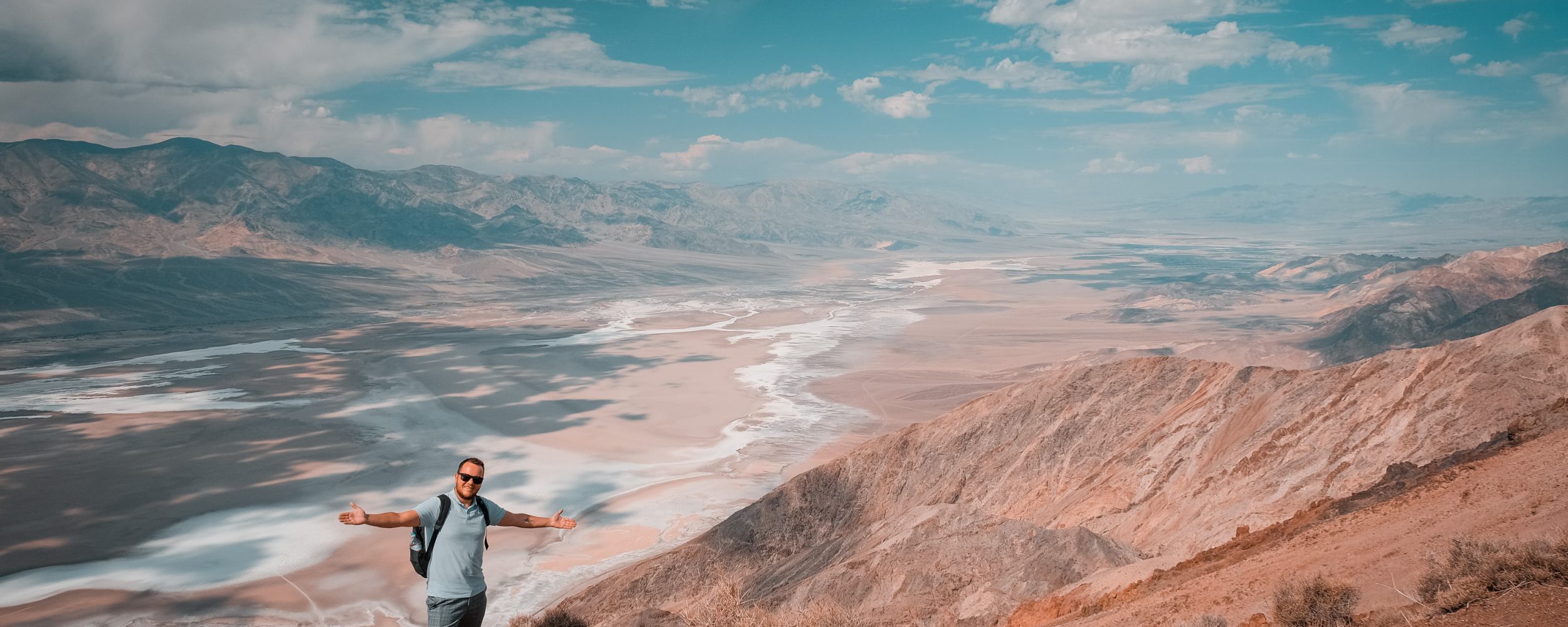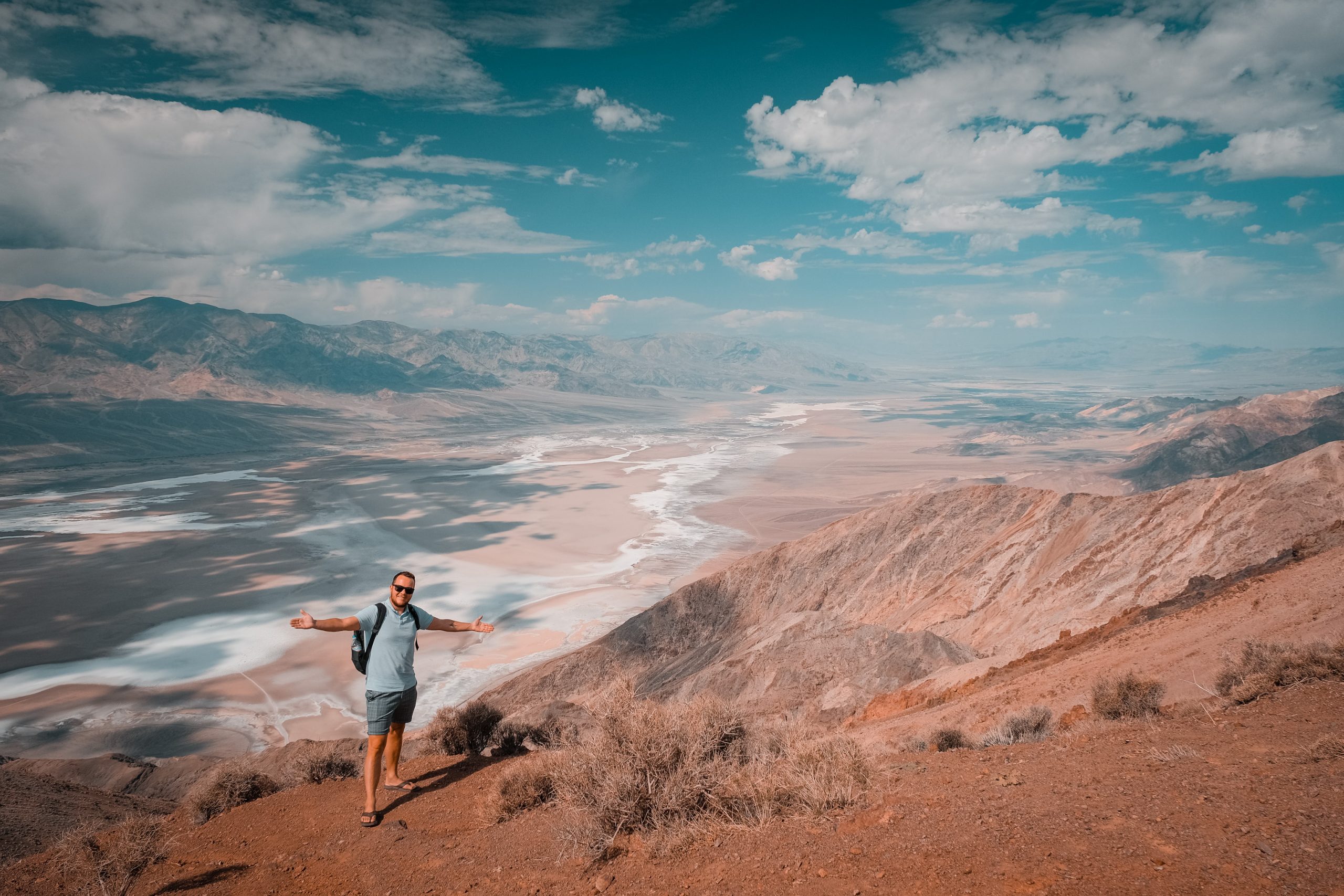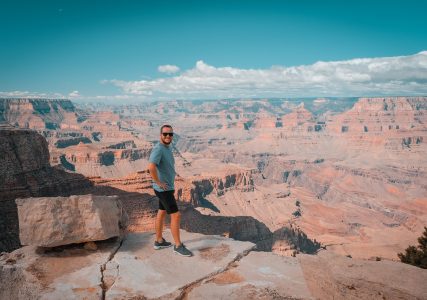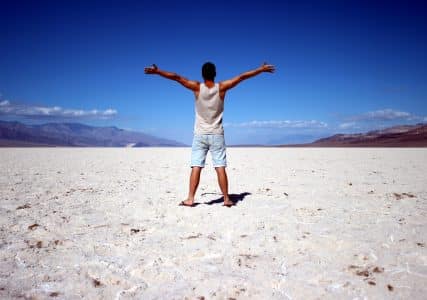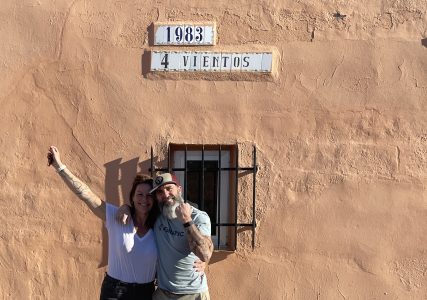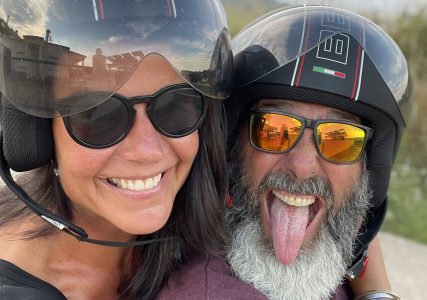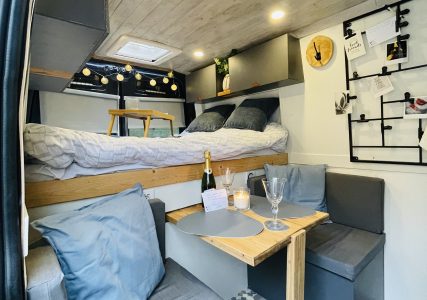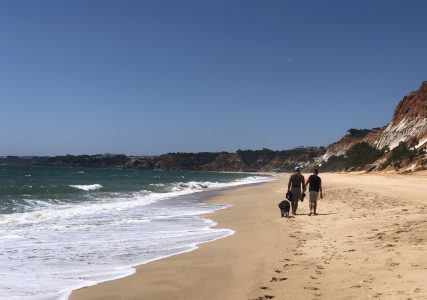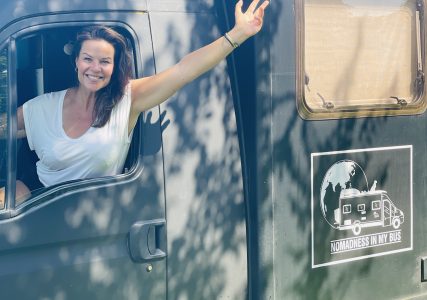Do you dream of a life like Digital Nomad? This 'Digital Nomad' with 100 essential tips is intended for both starters and digital nomads who would like to build something online and work location independently. This massive article with 100 tips will hopefully help you grow your website or business. An online business that you can make a living from.
The 100 tips are divided into 10 categories. All tips come from my own experiences as a travel blogger. With these 100 tips, you can, for example, start a (travel) blog, grow quickly and further develop it into a money-making business. With these 100 tips you can build a life as a Digital Nomad.
See this list as a kind of bible for Digital Nomads. It is a thick book with a lot of information that you can always fall back on if you are stuck or no longer know what to focus on. Good luck building your business and if you have any questions, feel free to ask them in the comments!
10x tips for starting Digital Nomads
Whether you start a website selling online courses, become a mom blogger or start a travel blog, everyone has to start somewhere. And because there are so many things you have to take into account as a starting Digital Nomad, let's first go back to the basics. To help you start an online existence, I have collected 10 basic tips for starting Digital Nomads below.
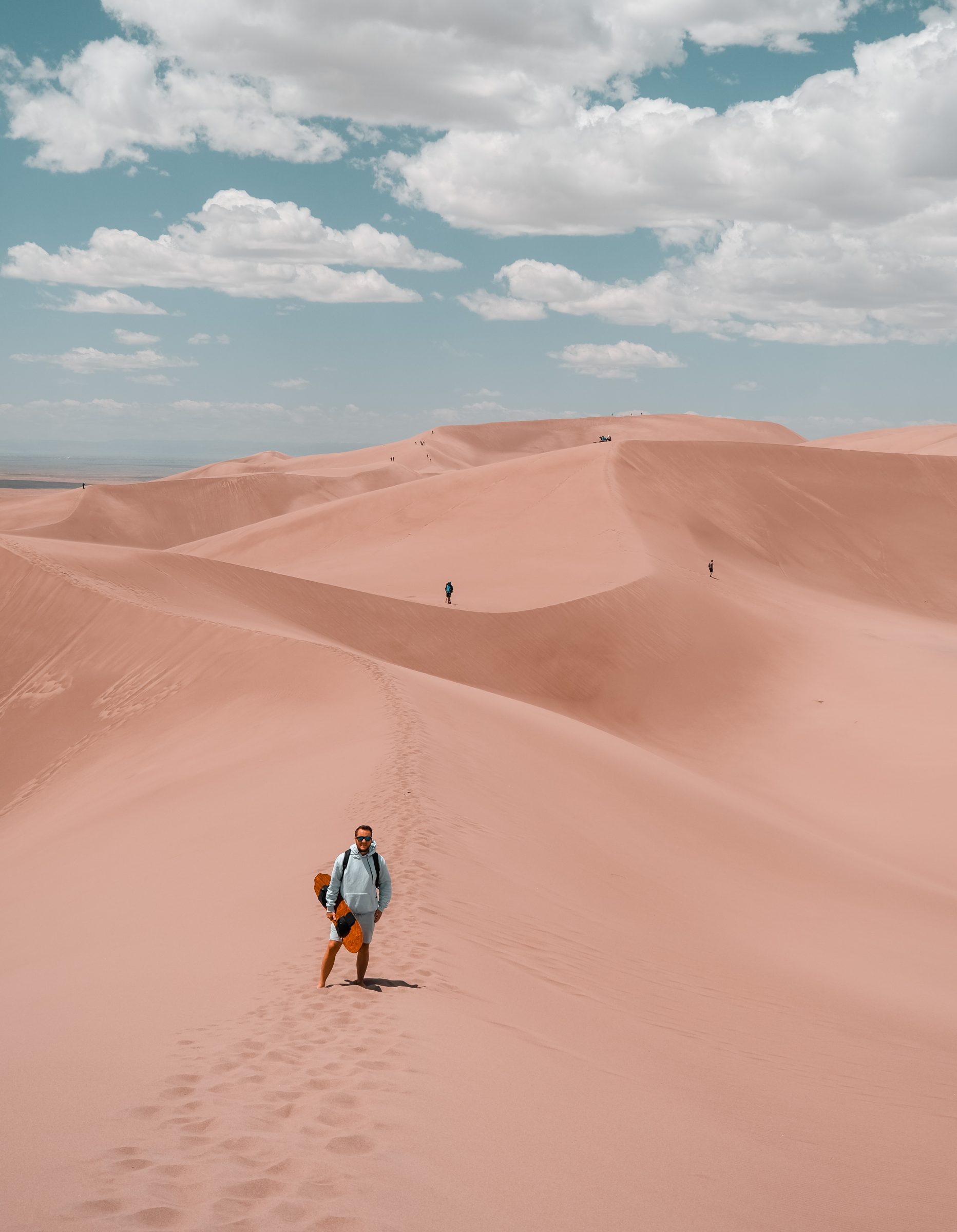
- Choose a good domain name: Your online portfolio stands or falls with a good website. That's why this is perhaps the most important tip I can give. Choose a domain name where a user or potential customer can immediately see what the subject of the website is. Choose a domain name that someone will not soon forget. Keep it simple and as short as possible. Consider paying (a lot of) money for a good domain name. It does indeed make a big difference.
- Start with a clear niche: Focus on a specific topic. Take this website (Wereldreizigers.nl) as an example! There are tens of thousands of travel blogs, but only a few really focus on traveling the world. The specific niche helps attract a target group and makes it easier to create content that suits yourself and the interests of your readers.
- Make use of social media: Use platforms like Instagram, Facebook, TikTok or YouTube to connect with your audience and show where you are and what you are doing. Also share photos and videos of your work to engage and inspire your audience. Note: Do this in moderation though. Make sure you don't spend too much time on social media, time that you can better spend on further developing your own website...
- Make use of SEO: Optimize your website for search engines by using relevant keywords and a good structure. This helps increase your blog's visibility in search results. You can read more tips regarding SEO in the chapter '10x tips for website SEO'.
- Make use of photos and videos: Add good images and videos to your blog post to shape your stories and help your readers better understand what you're promoting or selling. I emphasize good ones, because quality is important. More tips regarding photography for (travel) blogs can be found in the chapter '10x Tips for (travel) blog photography'.
- Bring unique content: Try to provide unique perspectives. Give people a reason to visit your website instead of someone else's. Give it a personal twist. For example, as a travel blog we never post the standard 'hold your girlfriend's hand at the grand canyon photo' or videos in which a traveler makes a doing a pirouette in a nice dress with a hat in Bali. We think that's really too cheesy and the internet is already full of that...
- Use an email newsletter: Something I don't put time into myself, but from which others find great success. Ask your readers to sign up for your email newsletter and send regular updates about new blog posts, tips and offers. Returning visitors are valuable visitors.
- Monitor and analyze: Track how many people visit your blog, how long they stay, which pages are the most popular, and how they get to your website. This will help you understand how you can improve your website and write more specifically for your audience. Does a blog or page score well among your readers? Then build on that!
- Promote your website: Do online marketing by writing guest blogs on other websites. You can also set up content collaborations with other Digital Nomads, promoting each other's websites. Finally, you can actively participate in forums to draw attention to your website.
- Be patient: Keep in mind that it takes time to reach a large audience! For example, many travel blogs disappear as quickly as they were created because they do not achieve quick results. I see the same thing happening with prospective Digital Nomads. It doesn't happen overnight. You can count on 1 or 2 years of hard work before you really see results.
10x tips for advanced Digital Nomads (apps and plugins)
Nowadays you no longer have to be a coder or web designer to build a website yourself. WordPress makes it possible to put a website online with the touch of a button, as if you were installing an app. However, in terms of design and functionality, a standard installation of WordPress is very basic, so you will get used to it premium (read: paid) themes and plugins to better design and optimize your site for a larger audience.
Anyone who dares to invest a few tens or hundreds of euros in Premium themes and plugins for his or her website will work more efficiently and have more time for other important things. If I have learned anything from the past 10 years of building websites and (travel) blogging, it is that the WordPress programs and plugins below have proven to be essential. These are my personal tips for advanced websites. 10 apps and plugins that I think are worth investigating.
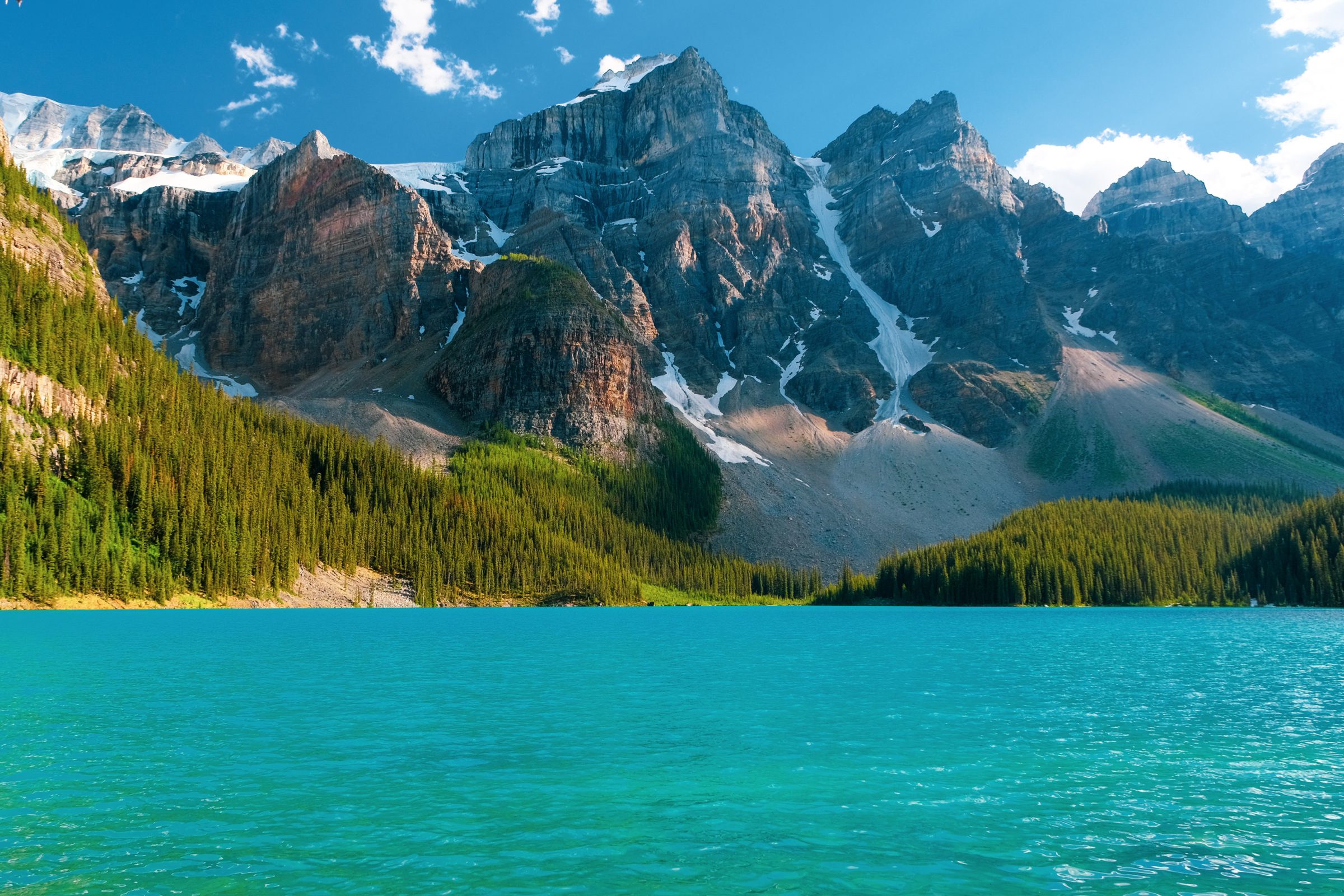
- WordPress: There are 2 billion websites on the internet and 835 million run entirely on WordPress. WordPress is public, free and community driven. It is the easiest to use of all the web builders out there and works largely automatically. Perfect for both novice and advanced websites.
- Envato Elements: An absolute must for advanced websites. Envato Elements is the largest and most popular database for content creators in the world. You pay a monthly amount (14,50 per month) but you get a lot in return. For example, choose from over 36.000 unique premium themes for your WordPress website, thousands of premium plugins, millions of stock photos, videos and music, graphics, video templates and so on. As far as I'm concerned, this is the ultimate 'Spotify for content creators'.
- YOAST SEO: YOAST is a Dutch company and the SEO plugin from YOAST is one of the most installed WordPress plugins in the world. The free version quickly takes your website a number of significant SEO steps further. However, are you serious about your website? Then invest 99 euros for one of the most valuable Premium plugins you will ever use.
- WP Rocket: Speed is key for SEO. The name says it all, with the WP rocket plugin generate rocket speeds on your website. With the push of a button, your website pages load up to 80% faster. An essential and easy-to-use plugin that sets up almost everything for you on autopilot.
- Imagify: From the makers of WP-Rocket. Your website is now full of large, beautiful photos that enrich your website but also make it a lot slower. Of Imagify convert (fully automatically) all your photos (both old and new) in WordPress to the new WebP standard. Photos load with this tool 70% faster with no visible loss of quality and you can link the plugin to WP-rocket for an extra speed boost.
- Social Snap: With the Social snap plug-in you make sharing messages on social media, among other things, child's play. Did you know that readers of Wereldreizigers.nl by far the most use of the 'Share via WhatsApp button' on the left side of the screen, or at the bottom of the bar on mobile? Now you do!
- Lasso Left: Over the years you have written hundreds of articles containing thousands of links. Affiliate links in particular often expire, causing your visitors, the potential customers, to end up on dead links. Bad for SEO and bad for your turnover. Lasso Left makes managing all your affiliate links easy. If you need to make any changes to the links afterwards, Lasso will make sure it's done throughout your website, not just one article. Lasso has saved me hundreds of hours over the years. Literally.
- WooCommerce: Turn your website into an online store in no time. With the WooCommerce plug-in you can easily add goods to your website to sell, both physically (e.g. backpacks) and digitally (online course, presets, videos, PDFs, etc.).
- Complianz: Do you also hate those cookie banners that you see on every website? Me too… Unfortunately, however, this is mandatory in the EU and behind this annoying button there is a lot of legal jargon, which is hardly understandable for us normal people. To avoid future problems, make sure that your website fully complies with all privacy rules with the Compliance plugin. The plugin not only provides a simple cookie banner but also well-written privacy pages and disclaimers.
- Keep it clean: You use apps and plugins to improve your website, logically. However, realize that any plugin you add to your website is a potential risk and makes the website heavier and slower, which in turn compromises speed and security. Have a fast theme and limit the number of plugins you use. Be critical. Dare to remove plugins that do not add much extra from your website. Less is more!
10x tips to grow your website quickly
Making a Digital Nomad website successful starts with growth. You need readers (visitors) on your website to interact with it at all. You also need as many website visitors as possible to earn something from it. Below I have collected essential tips for both novice and advanced websites. These are 10 tips to grow your Digital Nomad website quickly.
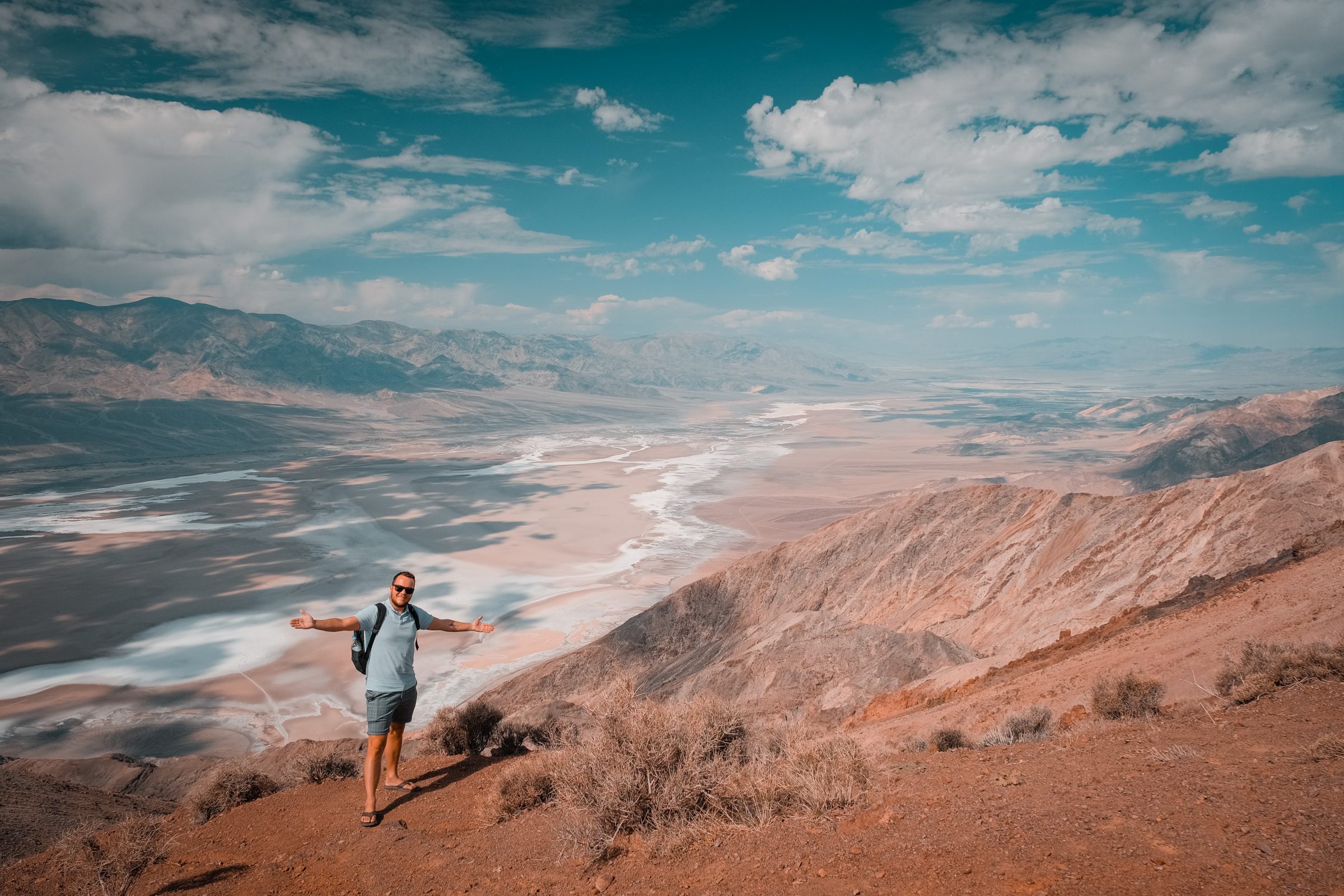
- Provide quality content: Make sure your content is interesting, informative and unique. Use good images and videos to make your content visually appealing. Is your content heavily dependent on photography, for example because you travel a lot and are in beautiful places? Then use a decent camera instead of your smartphone because yes, it really makes a difference.
- Be active on social media: Use social media to share your content and interact with your readers. This allows you to create a larger reach and attract new readers. Just be careful not to spend too much time on social media. Time that you can better invest in your own website.
- Have an attractive design: Make sure your website looks attractive and is easy to navigate. A search function is also essential. A professional-looking website will inspire more trust with your readers.
- Make use of SEO: I have mentioned this before, but it is extremely important! Optimize your website for search engines so that you rank higher in search results and are easier to find by new readers. You can read more tips regarding SEO in the chapter '10x tips for website SEO'.
- guest blogging: Guest blogging on Wereldreizigers.nl or on other blogs or websites can help spread your brand name and attract new readers. Make sure that you can always insert a link to your website for SEO purposes with a guest blog.
- Networking: Participate in online communities or groups and reach out to other Digital Nomads to collaborate. Support each other – together we are strong, especially if you are still in the early stages. Don't underestimate the power of LinkedIn, where you can see and be seen by like-minded people in your specific industry.
- Get in the news: Are you going on a unique trip? Have you come up with a unique concept, or do you give something back to society? Then contact local news pages and try to score an interview. News pages often have a wide reach and are able to send many visitors to your website in a short time. The links from news websites are also worth their weight in gold in terms of SEO.
- Collect testimonials and references: Ask satisfied readers or customers for a testimonial or reference for your website or product. You can then use these testimonials to convince new readers to visit your website or to convince new advertisers to buy advertisements.
- Make use of Google Analytics: Use Google Analytics or a similar tool to see how your readers use your website and where they come from. This allows you to adjust your strategy to make your blog even more successful.
- Provide interaction: Make sure your readers can comment on your content and ask them for feedback. This way you find out what they like about your website and what you can improve on.
Remark: Keep in mind that growing a website takes time and is not something that happens overnight. A number of the above points can already make a difference, but it is important to persevere and keep working on your website, your content and marketing strategy.
10x tips to make money with your website
What starts as a hobby for many grows into a business. I speak from experience. If your goal is to make money with your website, it is useful to know what works and what doesn't. Below are the 10 best tips to make money with your website (even while traveling or sleeping as a Digital Nomad). Because don't forget: your website keeps running. Even when you are lying on the beach, sleeping, or doing something else.
Also read: DIGITAL NOMAD | How I realized my passive income
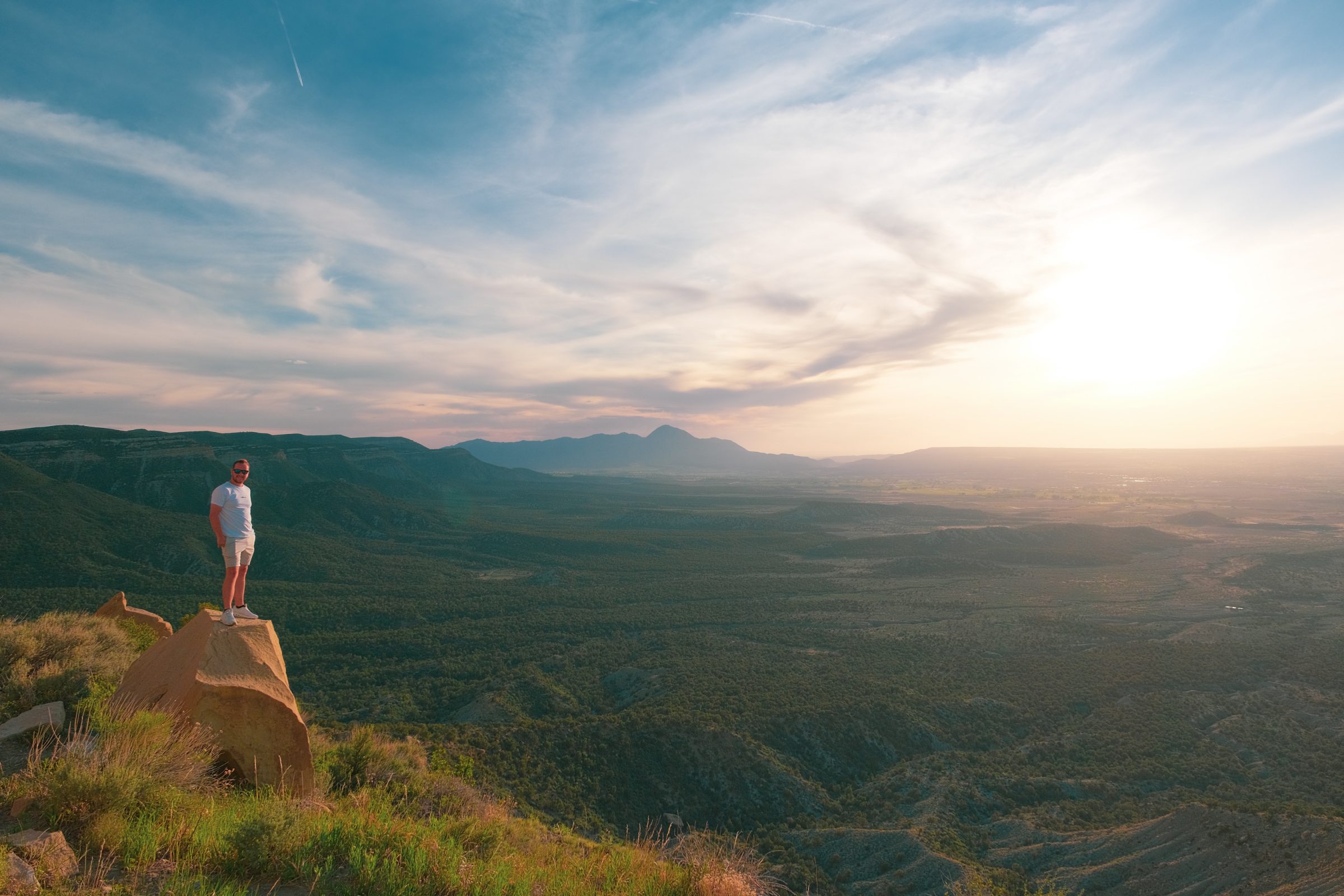
- Advertisements: Post ads on your blog or use programs like Google AdSense to generate revenue.
- Affiliate marketing: Passive income! Use affiliate marketing by placing links to products or services that you recommend on your website. You will receive a commission for every purchase made through your link. You can read more information at '10x tips for the best affiliate programs'.
- sponsored content: Collaborate with brands and companies that are of interest to your readers and create content that resonates with them. You can get paid for creating such content. In the online world, it is usually referred to as 'Advertorials'. In fact, Advertorials are simply custom blog ads written by you or the client. What makes these ads effective is that they always connect well with your website and readers due to the uniquely written content. Wondering what it costs to get on Wereldreizigers.nl to advertise? Then check our mediakit.
- Product Reviews: Review products related to your niche, such as backpacks and cameras in our case, and receive compensation for writing the review. You can of course also combine this perfectly with affiliate marketing.
- How to sell guides or guides: Sell your own knowledge. Create a 'How To' in which you explain how something works. This can be a physical guide but also a PDF. Don't feel like making something yourself? For example, sell travel guides or booklets that suit your niche, simply through one of the various affiliate programs.
- Selling stories as a copywriter: If you have a talent for writing stories, you can sell your stories to magazines or websites. You can write about being a mom, your travels, your course or any other expertise you have. Are you good at working wood? Then there are probably home furnishing or handyman shops that are interested in your stories. Think outside the box. Your knowledge, whatever it may be, is worth money. LinkedIn is the best way to share your writing services to get assignments. Best of all: you already have an entire website that can serve as a portfolio and CV in one!
- Workshops and webinars: Offer workshops or webinars on topics related to your niche and make money doing so. Invite aunts, uncles, friends, colleagues to test your first workshop and webinars. Ask for feedback and gain experience before presenting your workshop or webinar to the general public. Then help people get started and ask for compensation for this.
- Photography: If you're a good photographer, you can sell your photos to magazines, websites, and other publications. As I write this, I remind myself that I still have to work on this myself. I know from several colleagues that quite a bit of money is involved in this. Just don't come up with it photos you took with your smartphone...
- E-books: A popular way for (travel) bloggers to make money. Write an e-book about travel or a specific topic in your niche and sell it through your website.
- Sell things you like: Not in a literal sense of course because that is quite complicated. But whatever niche you are in, there are always goods to sell that relate to it. Flight tickets, laptops, supplements, things in your interior. Whatever the case, if you have a good experience with a particular product, your readers want to hear about it. You can then earn money from this through the various affiliate programs.
Remark: Keep in mind that making money with a website requires a lot of time and hard work. It may take several months or even years before you can earn a significant income as a Digital Nomad. It is also important to remember that placing too many advertisements or doing affiliate marketing can make readers less likely to return to your site or even drop out. Make sure these monetization methods fit your style and balance well with the content of your website.
10x tips for the best affiliate programs
Affiliate Marketing is the process by which an affiliate website earns a commission for sharing products from another person or company. Every time your readers click on these links and make a purchase, you will receive a small percentage. Sounds good right? You can use this money to make wonderful trips, buy new products to write reviews about or do cool activities (for example a helicopter flight). You can also incorporate affiliate links there. In short: you create an endless flow of money and future experiences in the longer term!
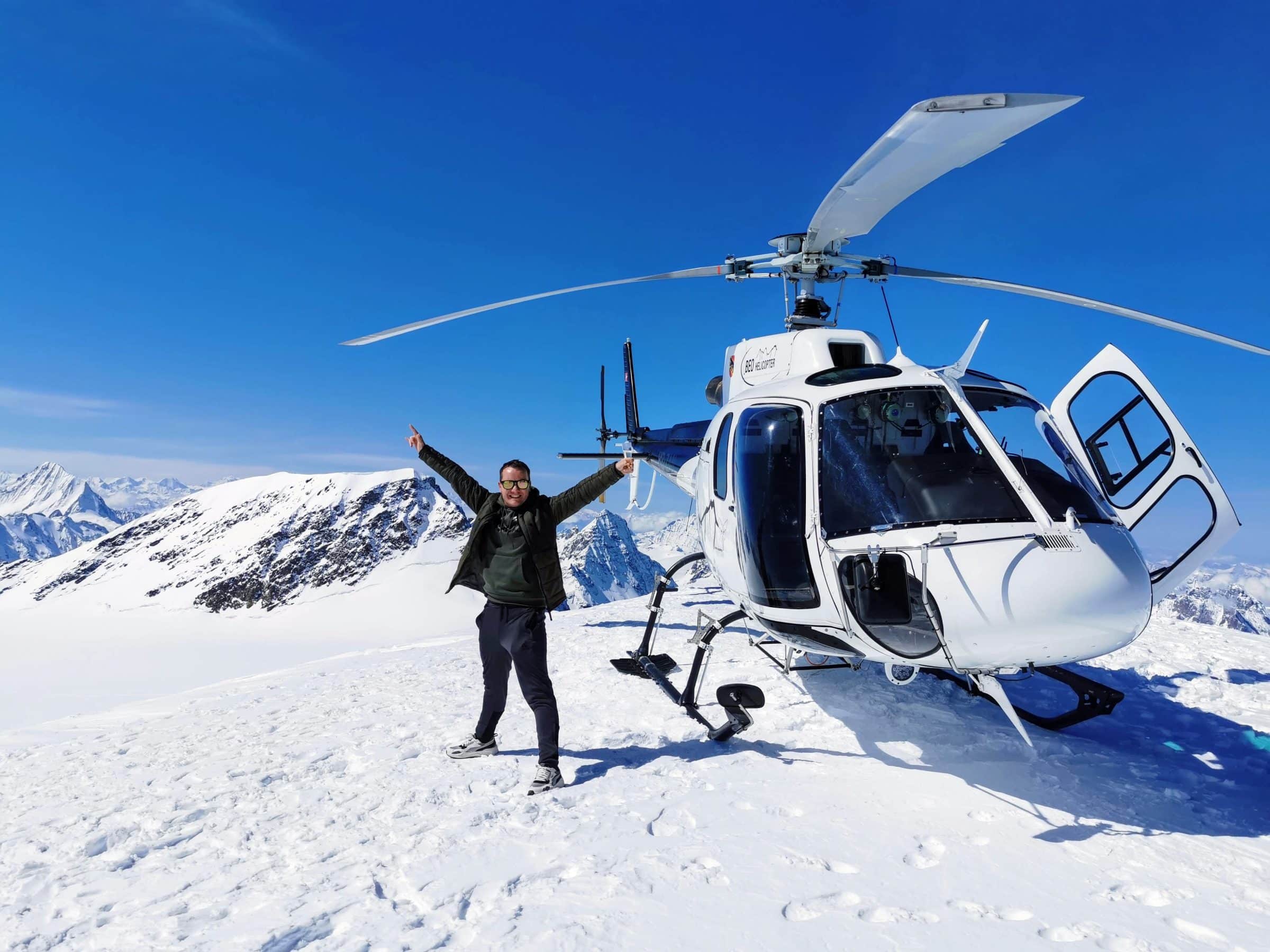
These are 10x the best affiliate programs for Digital Nomads with their own website or social media channel. Wereldreizigers.nl is connected to all these networks! Create an account and start generating passive income right away.
- daisycon: One of the larger affiliate networks in Europe. Close your via daisycon to countless advertisers and start referring customers.
- LinkPizza: Bee LinkPizza you can easily enter into partnerships with advertisers who want to promote their service or product. They mainly grew up with 'barter deals', stuff in exchange for advertising. You can also earn via LinkPizza from affiliate income obtained through clicks.
- Trade Tracker: The largest affiliate network in the world with a huge range of advertisers you can join. Tradetracker is a must-have for Digital Nomads.
- Awin: Can't find the advertisers you're looking for at Daisycon and Tradetracker? Awin is another big player in affiliate marketing.
- Shareasale: The name says it all, you can share profit from a sale here. Shareasale is part of Awin and focuses mainly on consumer products. Create an account to see the offer, you are definitely going to find affiliate partners for your niche here. I have had some of my most successful partnerships through this program.
- TravelPayouts: Purely focused on travel blogs and socials that focus on travel. If you don't feel like filling out dozens of forms to sign up with hundreds, if not thousands, of affiliate programs, try TravelPayouts. Many travel-related affiliate marketing programs are affiliated with it and their smart tools make it child's play to sign up anywhere, without many complicated forms.
- Booking.com: Also a view of the travel industry. Everyone knows the website Booking.com well. But did you know that you can also make money with it? Booking.com regularly has promotions with which you can earn money, for example by referring friends.
- GetYourGuide: In my opinion the best affiliate network for selling tours and activities on travel blogs. GetYourGuide has a worldwide offer so you no longer have to worry about dozens of different affiliate programs per country or continent.
- whitepress: whitepress is a platform where you can register your website to attract advertisers. It is one of the largest in the world and every niche is represented here. You determine the conditions and price yourself. Invite other bloggers and advertisers to generate additional affiliate income.
- Bol.com: The Dutch webshop Bol.com lends itself perfectly to affiliate marketing! Share all the (travel) products that you use on your website and tell people where people can buy them (i.e. at bol.com). For every article that Bol.com then sells through your links, you earn a few cents or euros.
10x tips for website SEO
The SEO tips below are tips for advanced websites and Digital Nomads. The entire SEO world is a profession in itself and unfortunately you will really have to find your way in it to be successful. I even dare to say that good SEO knowledge is just as important, or perhaps even more important, than creating good content and writing good blogs. Anyone who does not understand SEO will need (much) more time to grow.
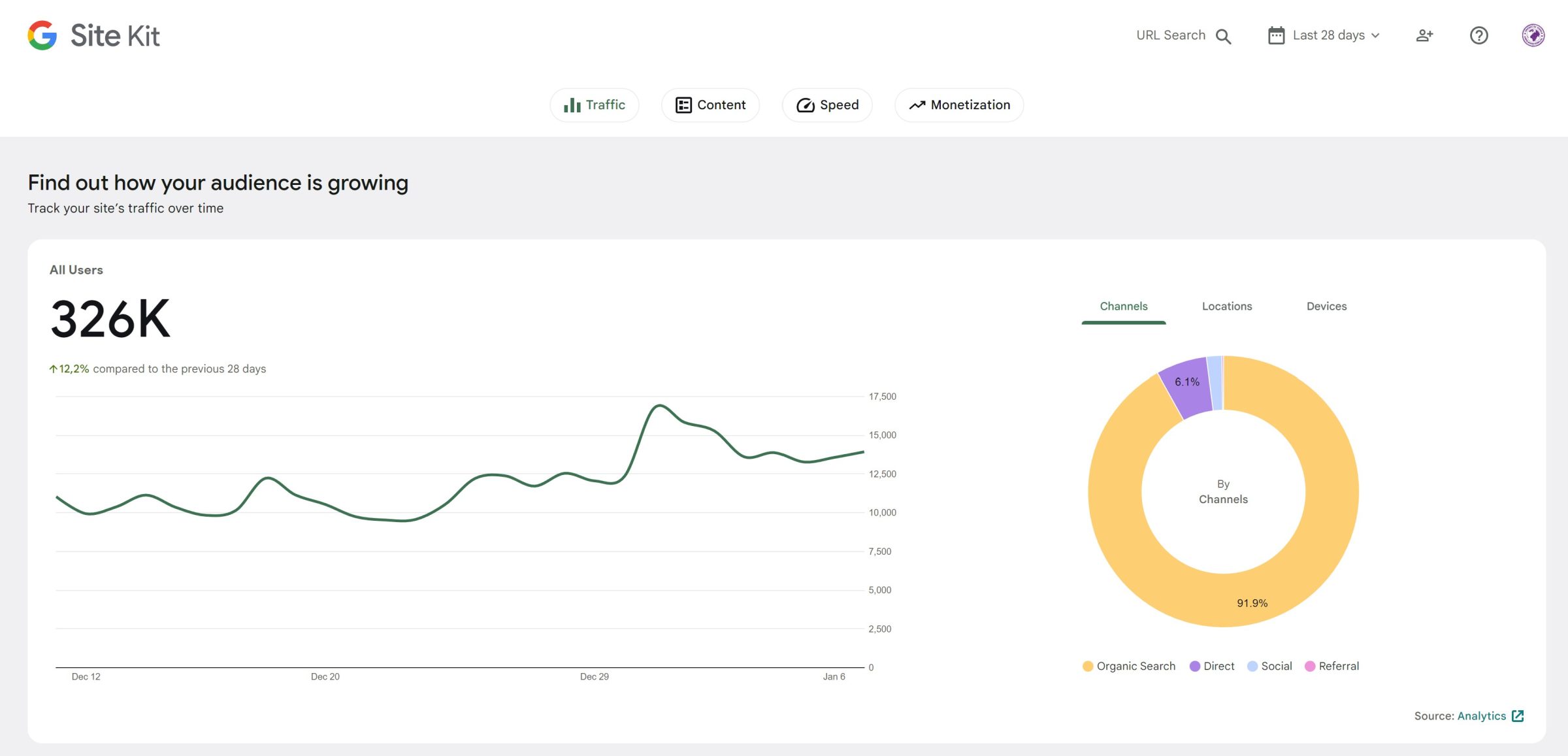
So take the tips below to heart and consider learning more about SEO online. For example, YOAST has a gigantic database on it free SEO articles that you can read. If that's not enough for you, you can also take an online course to brush up on your SEO knowledge. Dare to invest in your own future.
- Keyword research: Make sure you know which keywords are relevant to your website and niche and use these keywords repeatedly in your titles, intro, meta description, other content and even images.
- Make use of internal links: Ensure a good internal link structure on your website. This means that categories, for example, logically fall under each other. Also include internal links in your content to other relevant pages or articles. Don't underestimate the power of internal links!
- Use alt text with images: Make sure your images have alt text describing the image and use keywords in it. Realize that Google largely indexes images based on the alt text.
- Provide unique and high-quality content: Search engines like content that is unique and of high quality. Make sure you regularly publish new and relevant content and, especially in the beginning, try not to compete with major players by using the same titles and keywords (for example, top 10 lists).
- Make use of rich snippets: Rich snippets are a kind of summary of your content that are shown in search results. This can make your website look more attractive and generate more clicks. Google does this largely automatically, but it definitely helps to have everything technically in place for Rich Snippets. The YOAST SEO plugin will help you with this.
- Make use of social media: Social media can help bring attention to your website and attract more traffic to your blog. A lot of activity on your social media channels (people clicking through to your website) can also have a positive effect on your Google indexes. However, I keep repeating it: social media converts less well (read: is more difficult to earn money with) and it is not yours. It will never be yours either. Social media pages such as Instagram suddenly deleted. Therefore, spend more time on your own website than on social media.
- Optimize your blog for mobile users: More and more people are using their mobile phones to search, so make sure your blog is easy to use on a mobile device. In fact, build your website primarily aimed at mobile users! Nearly 75% of all visitors to Wereldreizigers.nl visits the website with a smartphone. Let that sink in as you build and/or optimize your website.
- Provide a fast loading time: Search engines (and users) don't like slow websites. Use tools like Google Insights PageSpeed to measure the speed of your travel blog and improve it where necessary. At the chapter '10x tips for advanced websites (apps and plugins)' you can read more about the interests of website speed.
- Make use of backlinks: The internet stands and falls with backlinks. Backlinks are links from other websites that point to your website. Without inbound links, no one will be found online. Good backlinks from well-known websites and Digital Nomad colleagues are essential to increase your online authority and to be found better in search results. Wereldreizigers.nl for example, regularly trades links with starting travel blogs to generate more incoming links. You link to us, we link back from a number of home pages. Win win! Interested? Then take with us..
- Make sure your URLs are well structured: Use logical and easy-to-read URLs, with keywords included. This makes it easier for you to be found by search engines and it is also easier for visitors to remember and pass on. Remove meaningless words such as the-it-you-in-off-on-on from your URLs. keep it clean!
Closing comments: Keep in mind that search engine optimization is a continuous process and there are ever-changing algorithms. It is therefore important to stay up-to-date and adapt to changes. Reading and following the YOAST SEO blog, I can recommend everyone to stay informed of the latest SEO developments. Put this page in your favorites so you don't forget it.
10x tips for popular travel blog topics
This chapter focuses purely on Digital Nomads in the travel industry. Popular destinations attract a larger audience. Not only in the country itself, but also on your travel blog. If you like to focus on unique destinations, keep doing that! But don't forget that the more people search for something on the internet, the greater the potential number of website visitors. The tricky thing about this, however, is that competition in Google is usually also fierce.
Therefore, try to find a niche that suits you and combine it with some popular topics so that you can still score in Google. Below you will find 10 tips for popular travel blog topics to consider.
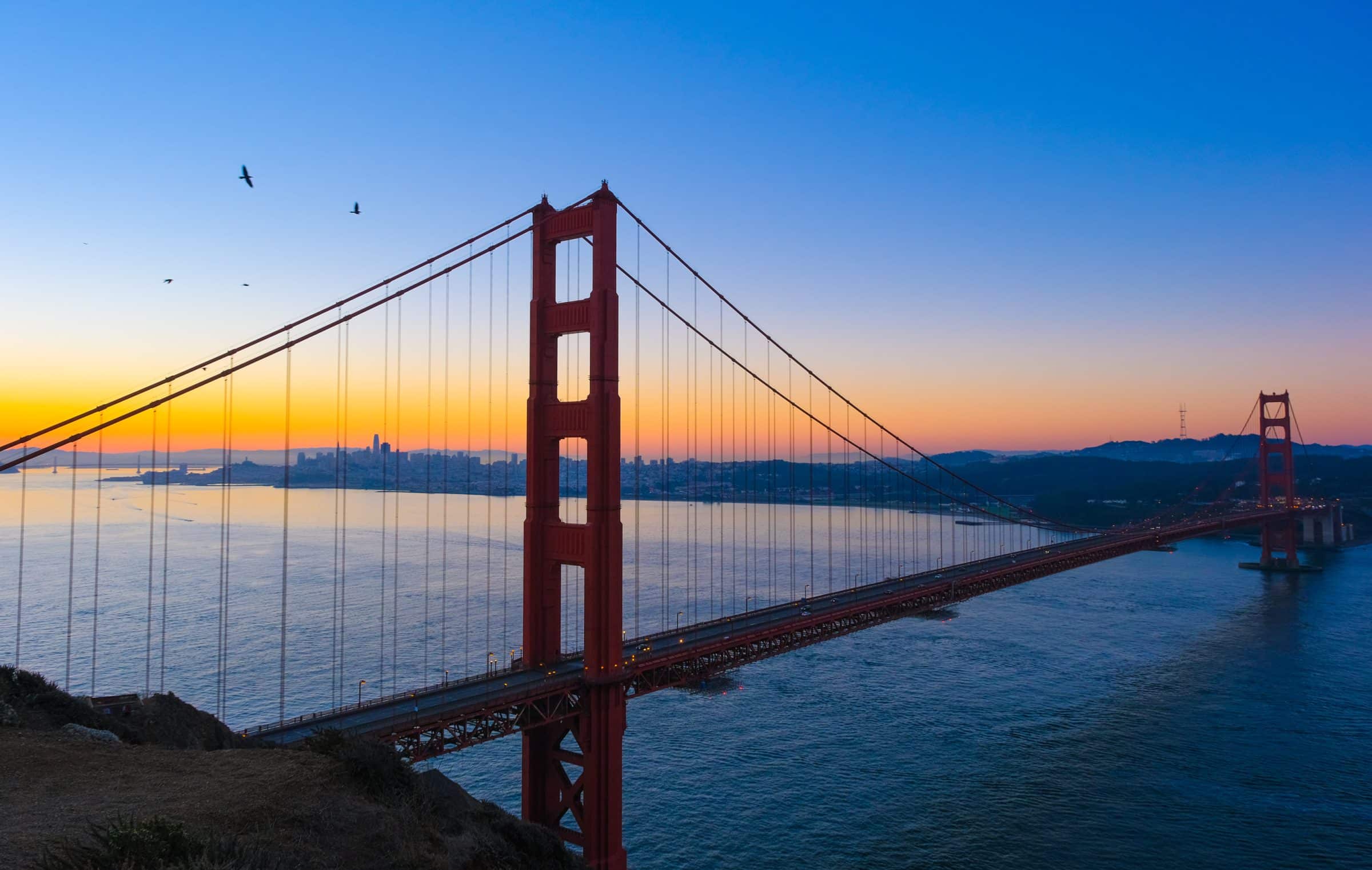
Also read: Top 10 | What are the cheapest countries for a world trip?
- Budget travel: Provide tips on how to travel on a budget, such as cheap accommodations, transportation, and food. Backpacking is a popular topic and many people (especially young people) are looking for tips on how to travel cheaply. Therefore, try to reserve a part for costs and budget in each article.
- Travel responsibly: Provide advice on how to travel responsibly and sustainably, such as choosing local accommodations and food and avoiding tourist hotspots. Give your readers the option to choose, for example traveling by plane or train.
- Family travel: Share your experiences and tips on how to travel with children, such as finding child-friendly accommodations and activities.
- Adventure travel: Tell about adventure activities such as hiking, mountaineering, rafting, etc. and share your tips on how to experience them in a safe and responsible way. Also, focus on the preparation and supplies. Not only because people are looking for it, but also because this is the best way to earn something from it through affiliate links.
- Food travel: People love food! Share your experiences and reviews of local eateries and give tips on how to sample local food during your trip. Blogs about nice eateries in place X or Y always do well. Take advantage of that.
- Luxury travel: Talk about luxury travel and provide tips on how to find the best luxury accommodations, restaurants, and activities. It is a niche that is perhaps less sought after, but if you manage to score in Google with a few luxury trips, you will soon be in the right place. If people pay large amounts through your affiliate links, you will of course also earn more.
- Cultural travel: Share your experiences on how to experience the culture of a destination, such as visiting historical sites, museums, festivals and meeting locals.
- Solo travel: Share your experiences and tips on how to travel safely and comfortably as a solo traveler. This is a particularly popular topic for young women. Think of finding cheap accommodation, meeting other travelers and exploring a city on your own.
- Wellness travel: Talk about how to find the best wellness activities and spots while you travel, such as yoga retreats, spas, and wellness centers. The great thing about this subject is that you can often do this close to home. It is therefore easier to regularly experience and write about something new.
- Roadtrips & itineraries: Provide tips on how to have a beautiful roadtrip or plan your travel route. Provide tips such as choosing the best routes, finding cheap places to stay, and exploring hidden spots along the way. Your readers want to be inspired, and if you make it easy for them to plan and tick off spots, they'll definitely come back.
Remark: Keep in mind that these topics are just tips. Most importantly, find your own unique style, interests and niche to attract a large and loyal audience. Be consistent!
10x tips for (travel blog) photography
Can also be applied in other industries and niches. For example, photography is also important if you are a product reviewer or food blogger.
Many bloggers and Instagrammers probably disagree with me, but leave your smartphone behind more often and take good photos with a decent camera. In my opinion, it is also a good topic for your ultimate goal: taking your website seriously and focusing less on social media.
Also read: World travel inspiration | Motivate yourself, change your mindset!
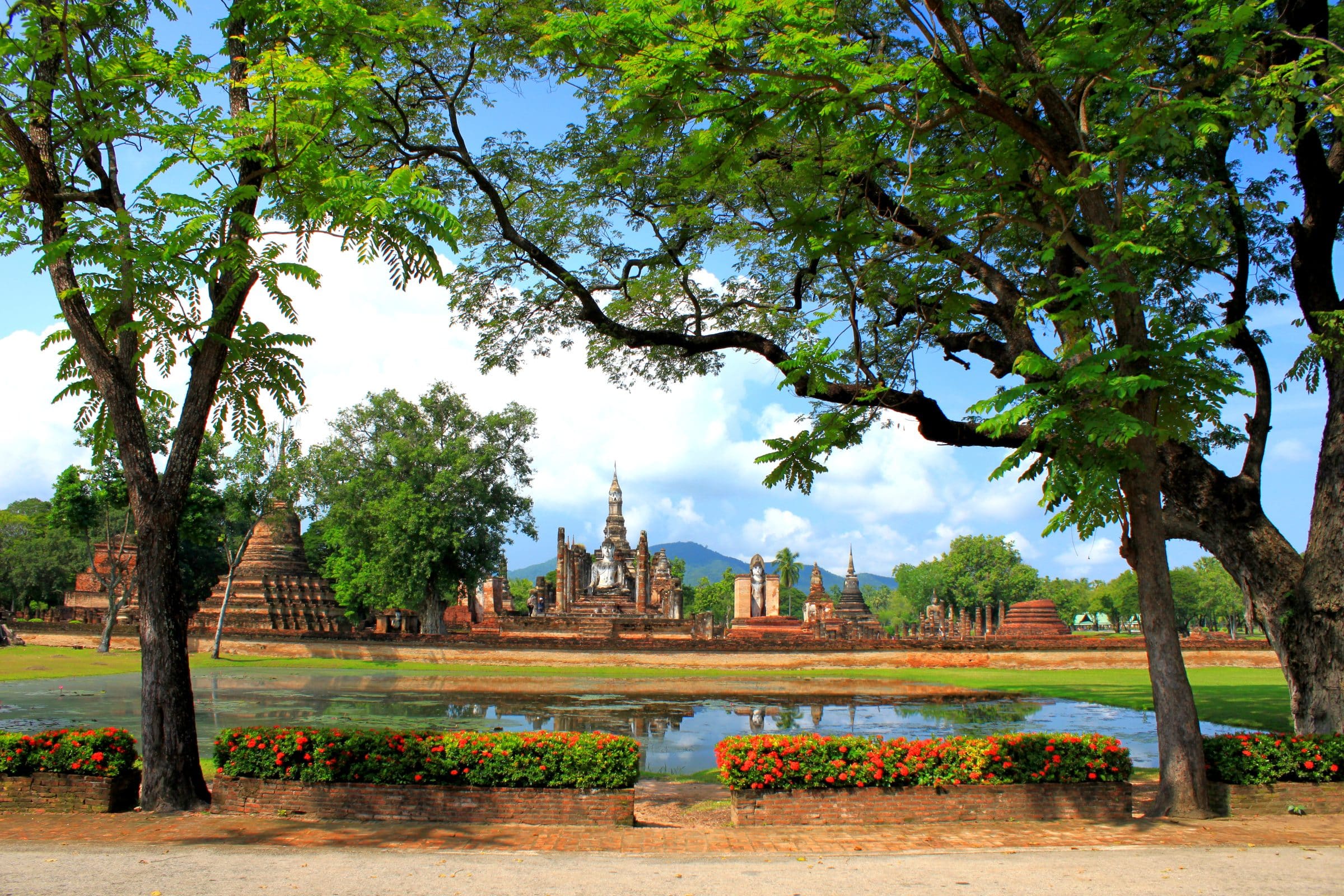
Smartphone cameras are great for at home and for a photo of grandma and your pet, but not for one of the most important goals in your life: working location-independently, making money online, generating a passive income and building a life as a Digital Nomad. You may disagree, but in the article below I have tried to explain in detail why smartphone cameras are really a no-go, in any niche or industry.
Also read: Why you should NOT take pictures with your smartphone during a world trip
- Plan your photos: Think about what kind of photos you want to take before you start so you can choose a camera and lenses that best suit your situation. Personally, I always choose to take just one camera with a versatile lens for both near and far, so that I don't have to change lenses along the way. Portability is very important to me personally (as a travel blogger). But perhaps not at all for you as an online course seller.
- Make use of the light: Try using the light to make your photos more interesting. For example, use the 'golden hours' for landscape shots and play with shadows and reflections to add depth to your photos.
- take your time: Some of the most beautiful photos are taken when you are patient and wait for the right moment. Nobody wants busy photos with 100 other people in them. Create a good setting with a quiet background if you want to draw attention to a specific product.
- Experiment with perspectives: Try using different perspectives, such as a low angle for architecture or a high angle for landscapes. Try to use depth, for example by photographing a landscape that also shows some objects close to the lens, such as a tree or bush. You can also apply this to product photography.
- Use a polarizing filter: A high-quality polarizing filter also works wonders, I know from experience. This allows you to block light from a certain angle, so that water, for example, reflects or not. This filter also helps to make the colors in a photo really 'pop', without having to edit them much. It's the perfect way to fix over- or underexposure in photos in an instant, without editing.
- Use a tripod: A tripod can help you get sharper photos, especially in low light or when shooting long exposures. It is even essential for night photography. If you like to take pictures of, for example, a beautiful starry sky, you cannot avoid using a tripod.
- Think about the composition: Consider the composition of your photos, such as using the rule of thirds or creating lines that guide the eye of the beholder. You might think: what is he talking about? Here you can read more about composition techniques in understandable language.
- Be respectful: Ask permission before taking photos of people. I've noticed that in some countries people don't like to be photographed. Sense this or just ask if it's okay to take photos of him or her.
- Use the correct settings: Use the right settings on your camera, such as aperture, ISO, and shutter speed, to create the right mood and movement in your photos. This manual setting is really a learning process for novice photographers (here the perfect explanation). Fortunately, good cameras are also getting smarter these days and you can also take beautiful photos on the automatic mode.
- Edit your photos: Make use of software such as Lightroom for photo editing to adjust the colors, lighting and contrast of your photos and really make them complete. I'm really not a photo shopper myself, but playing a little with light, color and contrast can make a big difference. The accessible Lightroom is perfect for this.
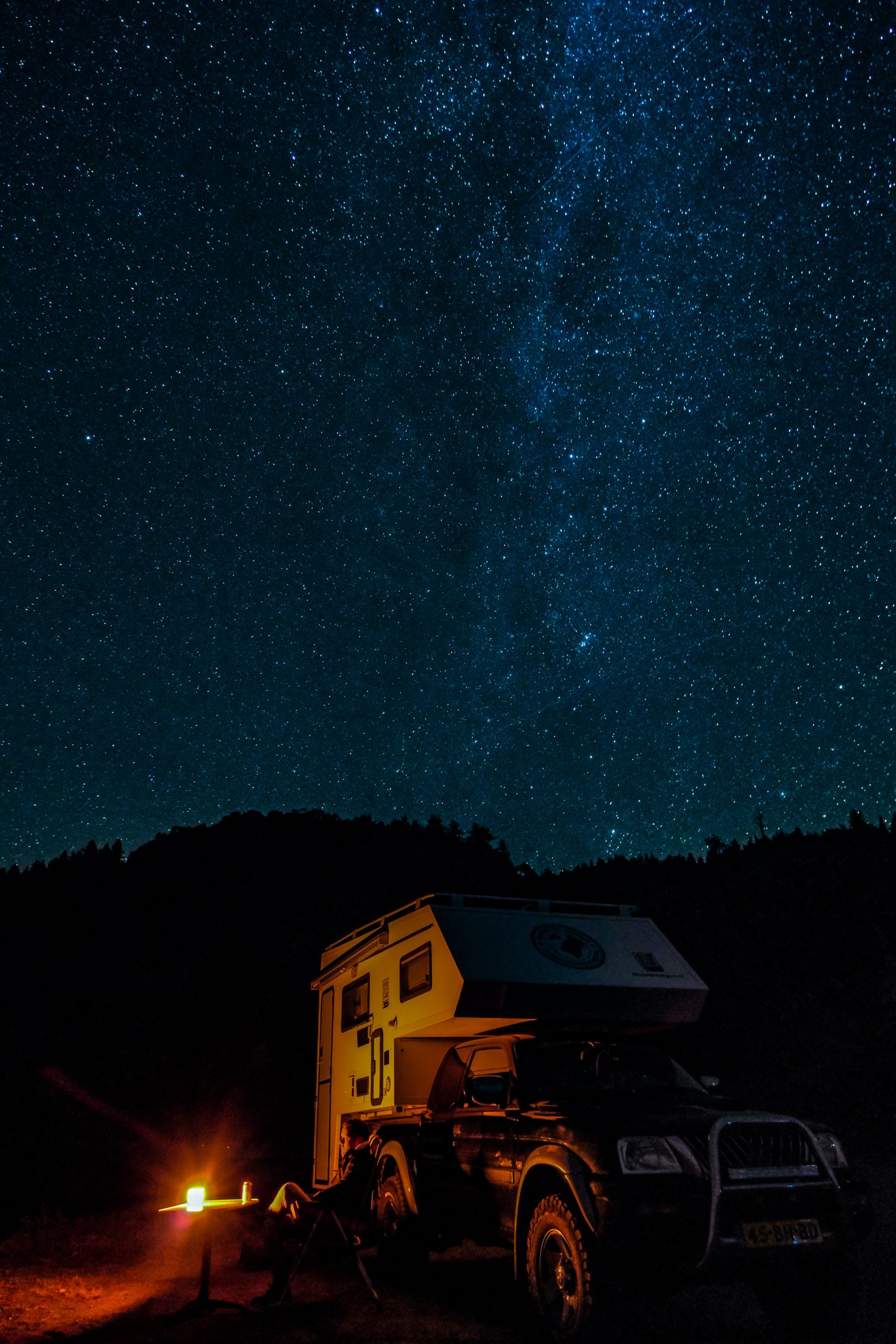
Also read: Why you DON'T take pictures with your smartphone
Also read: What is the best camera for travel? And why then?
The Fujifilm X-T5 with 16-80 is the ultimate all-round world travel camera† This camera has been declared several times by both the consumer association and Tweakers.net the best system camera you can buy. Even on automatic mode, you suddenly feel like a professional photographer!
- The best tested camera
- Fantastic photos
- 6.2K video
- 5 year warranty
10x tips for the best travel blogs in the world
How are others doing? If you want to get serious about your travel blog yourself, take a good look at how other successful (international) travel bloggers are doing. Below are 10 of the best travel blogs in the world to follow for inspiration and learning. Of course there are also plenty of good Dutch travel blogs that you can learn from, but this is at least a good start.
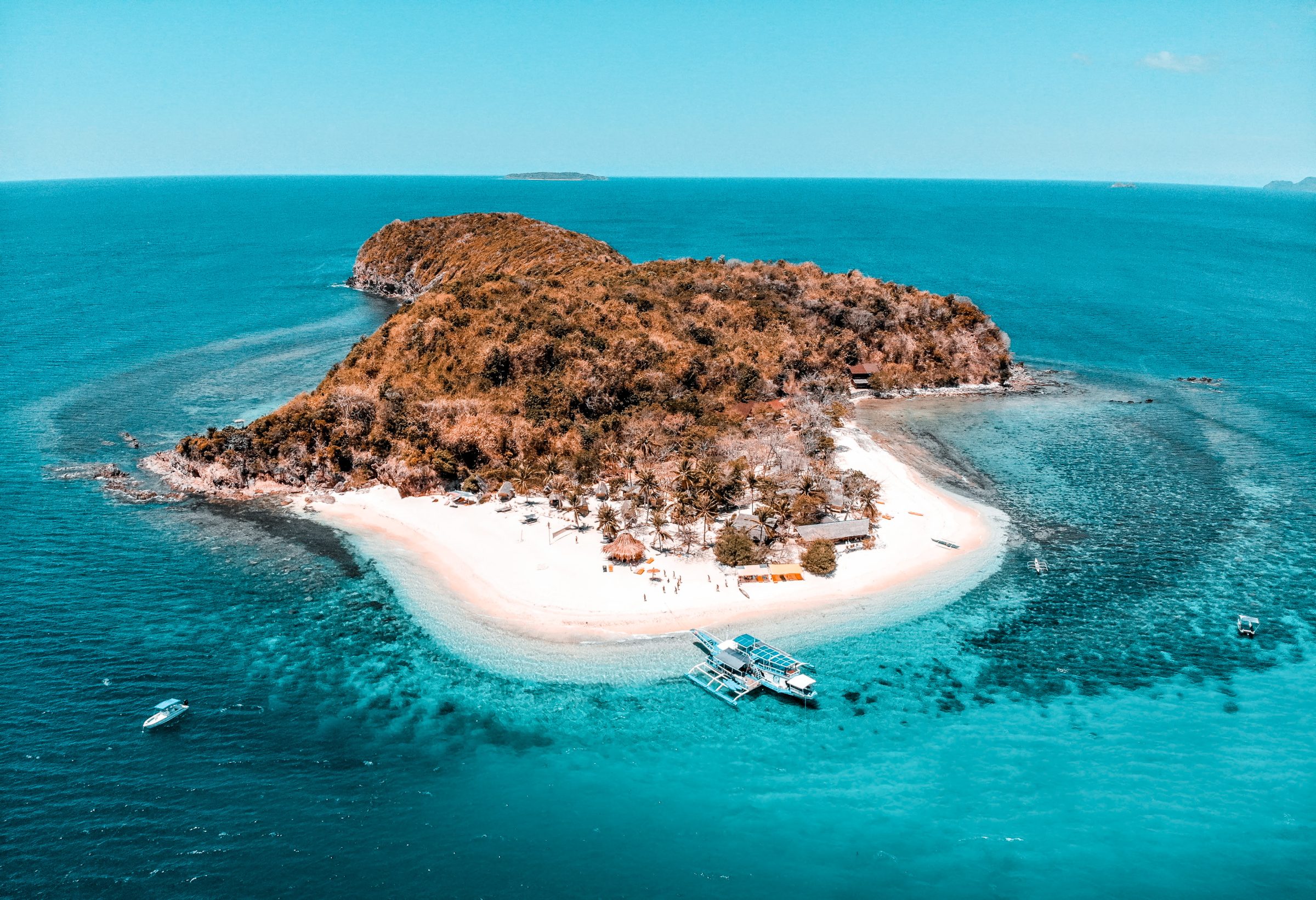
- Wereldreizigers.nl – One of the largest but above all the most diverse travel blog in the Netherlands. We not only focus on traveling the world, but also on life as a Digital Nomad, city trips, traveling with a camper and even days or weekends away.
- Nomadic Matt: One of the most popular travel blogs in the world, focusing on backpacking and budget travel.
- The Blonde Abroad: A very sappy but popular travel blog aimed at women who do a lot of solo and adventure travel, with lots of beautiful photos and videos. Far too slick and 'Instagrammous' for me personally, but there's no denying her huge success. Definitely worth following for inspiration.
- Adventure in You: A blog focused on unconventional travel and finding adventure in every destination. Unfortunately, in recent years I have seen that the blog mainly revolves around lists in which they sell stuff, instead of actually traveling (one of those 10 pitfalls for travel blogs that I mention at the bottom of this article).
- Adventurous Kate: A travel blog aimed at independent female travelers, with lots of tips and information about solo travel. Less popular than The Blonde Abroad, but more authentic.
- The Planet D: A travel blog focused on active travel, with a lot of information about adventure activities and destinations.
- Travel Guys: A unique travel blog focused on budget travel and backpacking, with a lot of information about travel destinations around the world. The Travel Dudes are also crazy about extreme sports and do anything that gives you an adrenaline rush. Nice to follow if you are such a person yourself.
- The Professional Oboe: A travel blog focused on extended travel and digital nomads, with lots of information on how to stay away for as little money as possible.
- Alex in Wanderland: Focused on personal stories and adventure travel, with lots of photos and videos.
- Nomad Revelations: Focused on budget travel and off the beaten path destinations, with lots of information about backpacking and touring.
10x tips for pitfalls of Digital Nomads
The last 10 of 100 tips for Digital Nomads, but certainly not the least important. Avoid making the same mistakes as the many Digital Nomads who came before you. We speak from experience and really have the best intentions to help you on your way.
Personally, I think it's really cool to see how many new travel bloggers and influencers I discover every year. These are almost always travel-loving and passionate people who start a website with the very best intentions. They want to live location independent, generate passive income and build a life as a Digital Nomad. These are often people who want to get out of the rat race in the Netherlands and enjoy life. People chasing a dream.
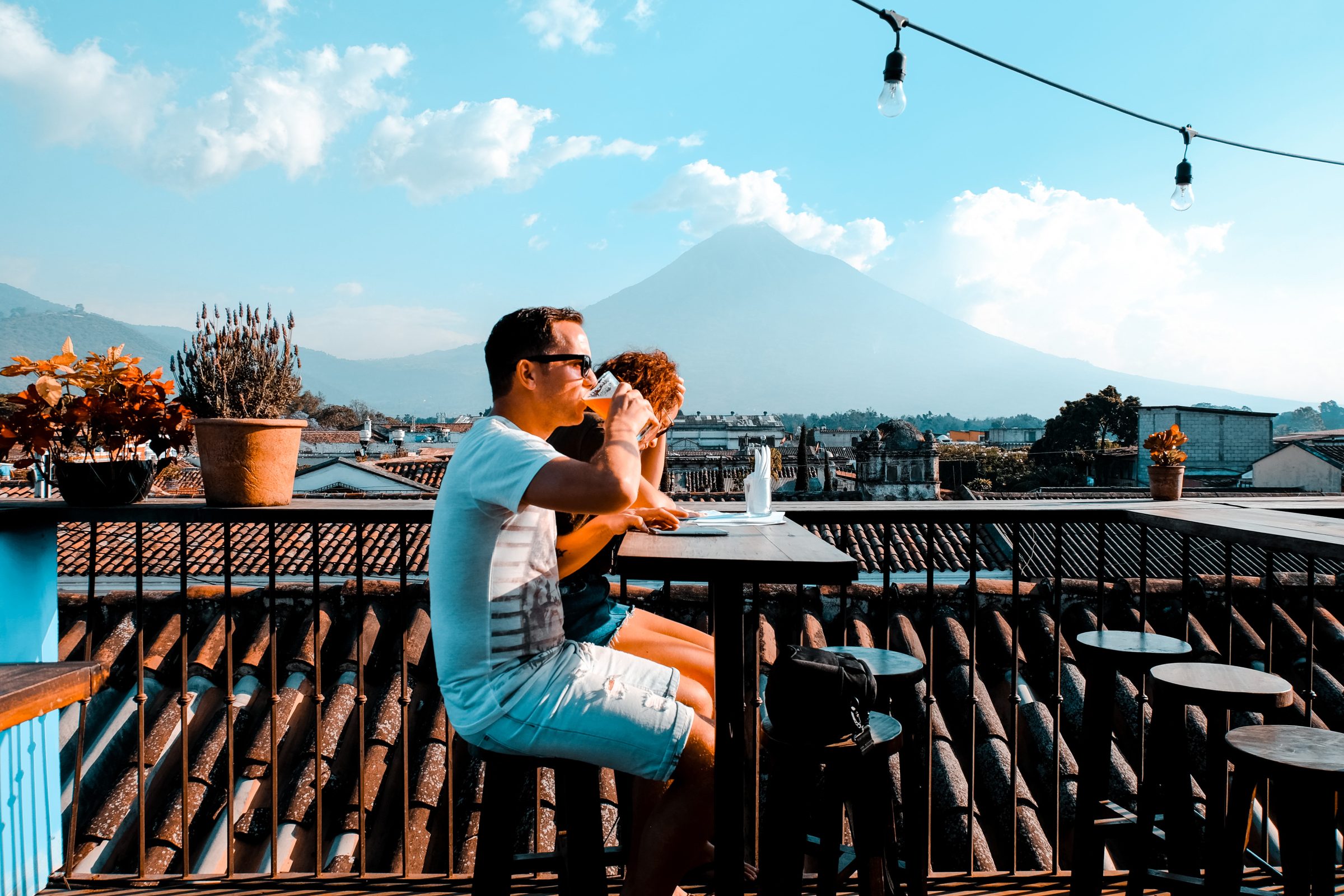
They put a lot of time into it, but I often see them disappear after one or two years as quickly as they came. Because they don't see results. Usually because they focus on the wrong things. Such a shame! To end this Digital Nomad bible properly, I have another one below 10x tips for pitfalls of Digital Nomads collected for you. Take these tips to heart and come back from time to time to read them again. You will thank your future self!
- Too much social media: Realize that you are building your own future. A website is your own – you are the owner and you decide what you sell. Your website can never be removed by third parties. Use social media as an extra tool and don't spend too much time on it. Because it is not yours and it will never be yours. Content on social media disappears after 24 to 48 hours, while your website will be found in Google for years. Keep your priorities straight!
- Too much sponsored content: Everyone has to make money and website visitors accept that to a certain extent. Don't overdo it though… Lots of sponsored content can question a website's credibility and turn off readers. The 'best jacket', the 'best backpack', the '5 most beautiful hotels in city X or Y'. These are all articles that you often encounter in the travel blog and influencer world. Unfortunately, they are often just nonsense articles because nothing is compared at all. A product is simply being promoted. Realize that your readers are not crazy and can easily see through this. It's okay to post such articles every now and then, but do it in moderation. Stay credible.
- Not updating enough content: A website with few updates may lose readers who are looking for current and relevant content. Google also finds relevance very important and will send fewer visitors to websites with few updates. It is therefore important to find a balance here. Sometimes it is better to post a few short articles and spread them out, instead of spending a whole week on one large article. Both quality and quantity are important.
- Not doing enough research: Researching for a blog post or social media update is important to provide relevant and accurate information to readers. Make sure that when you say something about the history or origins of a destination, for example, that what you write is actually correct. Travel blogging or influencing is not only experiencing, it is also learning and sharing.
- Being too commercial: Many Digital Nomads quickly focus too much on selling products or services via affiliate links. That can put readers off. Inform people first, be sincere and only then sell your product(s). This tip ties in with the piece about sponsored content. Don't overdo it.
- Bad photography: The number of bloggers and influencers with grainy mobile phone photos has increased significantly in recent years. Although the cameras on smartphones are getting better and better a good camera really does make a difference. Bad photography can make a blog post less attractive to readers. Good, sharp photos make a (positive) difference. Invest time and money to take the quality of your website to the next level.
- Being too negative: Be honest about your experiences, even if they are disappointing, but don't be too negative. Too much negativity can turn off readers and give a negative impression of both the product in question and your own website.
- Plagiarism: Plagiarism is prohibited and can lead to legal problems and a bad reputation. Fines for stealing a photo from the internet often start at 500 euros or more. Also pay close attention to any guest loggers who write for you and upload photos.
- Unprofessional language: Unprofessional language can make a blog post less attractive to readers. It doesn't have to be formal, but definitely avoid the many so-called WhatsApp and Instagram abbreviations and related 'teen words'. Google is also very good at recognizing slang and penalizes websites that use unprofessional language on their website.
- Spelling and grammar: Nobody is perfect and everyone makes mistakes. There is no website on earth that does not contain spelling and grammatical errors in the articles. However, always try to fully proofread your own messages at least once or twice to improve them before publishing them. Having a third person read your messages works even better.
Closing comments
You're through. Nearly 7.000 words later, hopefully you've learned something from the 100 essential tips to make money online as a Digital Nomad. You've probably noticed that a lot of the tips don't just focus on making money, but on growing your website or socials. Realize that this goes hand in hand – without growth, no visitors and therefore no turnover.
Do you have any questions or do you have additional tips for both starting and advanced Digital Nomads? Then share them below in the comments. I and all future Digital Nomads who read it will thank you for that.
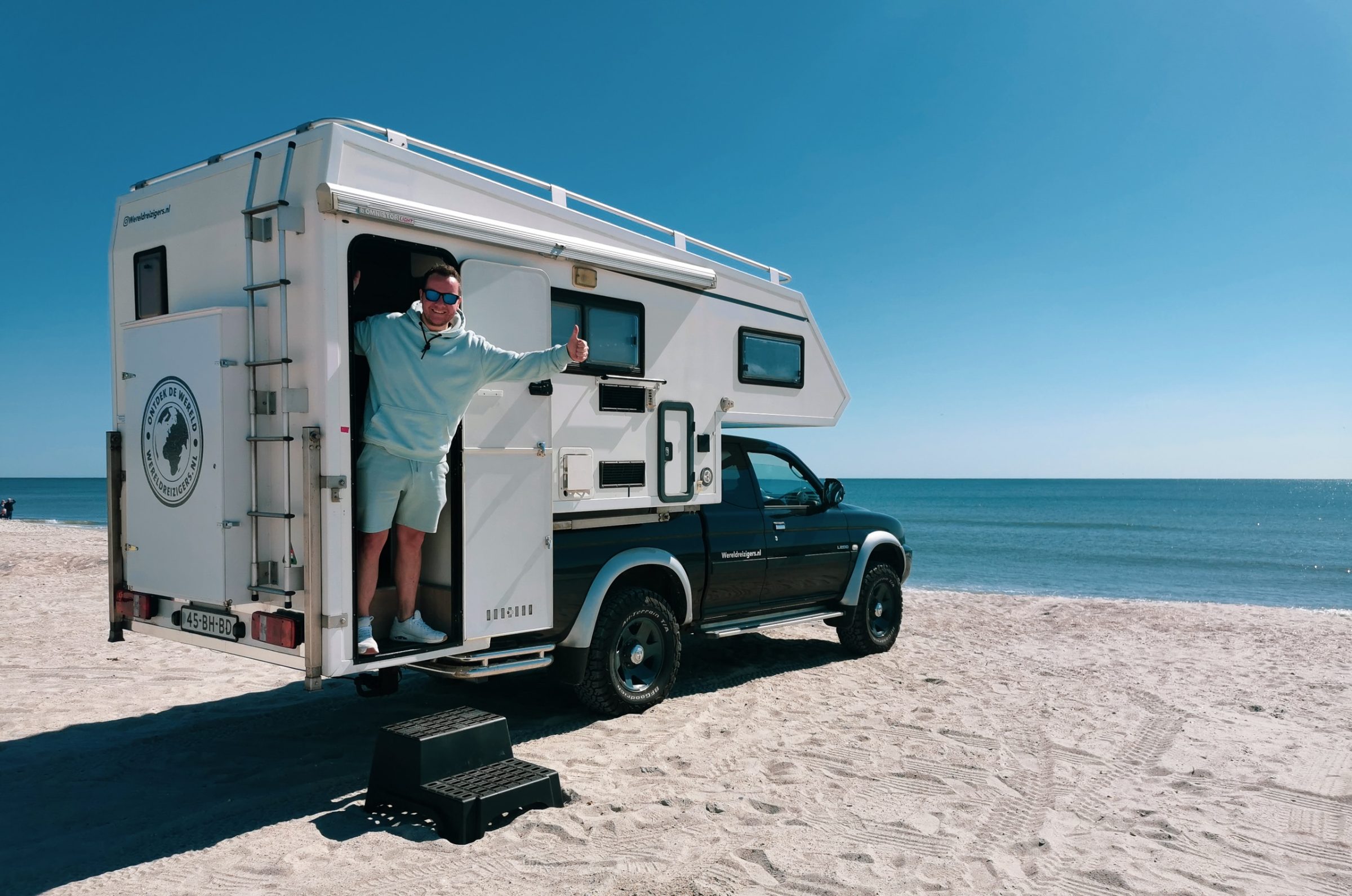
Until the next blog!


